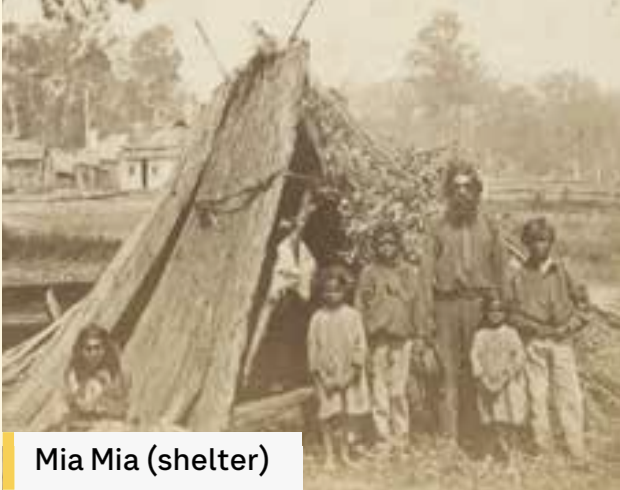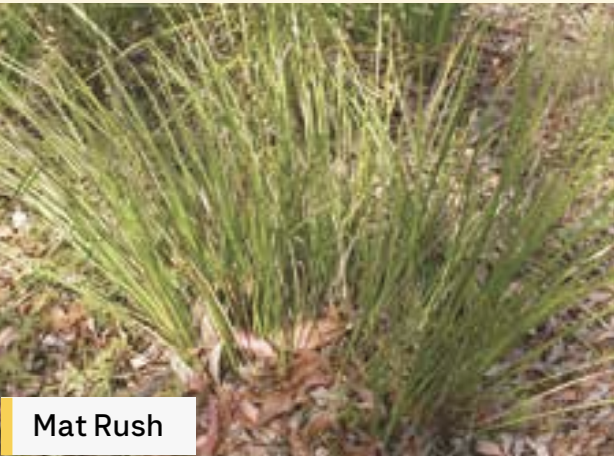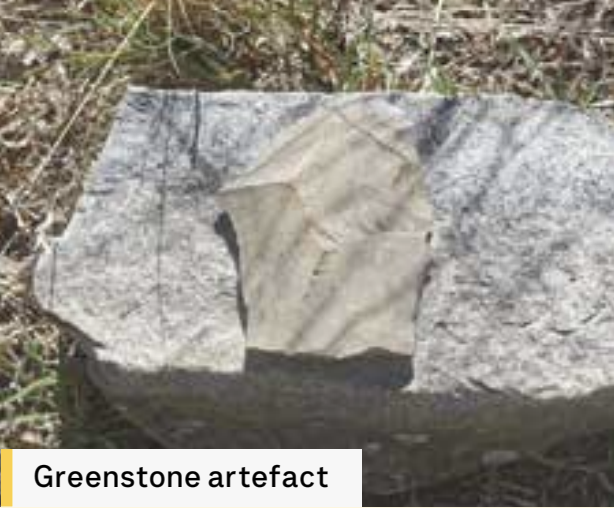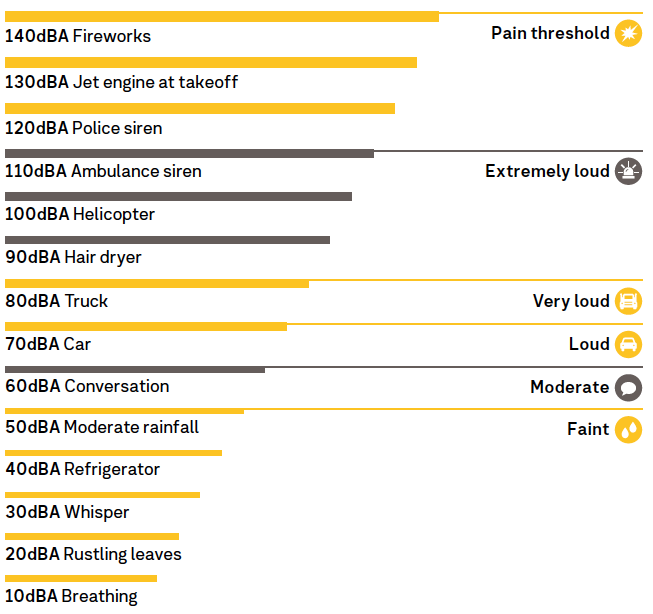20 May 2025
As we upgrade the Eastern Freeway, we’ll build new and upgraded noise walls to meet a tough new noise standard.
For the first stage of the Eastern Freeway Upgrades from Burke Road to Tram Road, more than 11 kilometres of new and upgraded noise walls will provide residents with greater noise protection.
Noise walls will also be built in new areas including Musca Street Reserve and Koonung Creek Reserve in Balwyn North and Valda Wetlands and Elgar Park in Mont Albert North. This will give many residents along the Eastern Freeway noise protection for the first time.
Where possible, existing noise walls will be kept and upgraded to minimise construction disruption. Noise-reducing asphalt on the freeway will also help achieve the new noise standard. Where new noise walls are needed, we’ll work to install these early where we can.
Work to install the new and upgraded noise walls will start from mid-2025.
- 11km of new and upgraded noise walls
- 63 decibel protection during the day
- 58 decibel protection at night
Designing the Eastern Freeway noise walls
The Eastern Freeway is on the Country of the Wurundjeri Woi-wurrung people, and runs through the valley of Koonung Creek, known to Wurundjeri Woi-wurrung as Koonung Koonung.
Noise walls have been co-designed with Wurundjeri Woi-wurrung Elders to celebrate the journey along the Koonung Koonung Songline to the Birrarung (Yarra River).
A Songline is a pathway laid down by creator beings and travelled to learn from Country and to record and pass on knowledge. Songlines are continuous, forever present and alive.
Noise wall materials, shapes and colours for the first stage of the freeway upgrades from Burke Road to Tram Road tell stories of Wurundjeri Woi-wurrung life on Country.
Confluence of Country
Angled weathered steel walls reference seasonal movement towards the Bolin Bolin Billabong, camping along waterways and Wurundjeri Woi-wurrung Mia Mia (shelters) built from large bark slabs arranged in triangular patterns.

Cultivating Country
Patterned concrete walls reference the unique role of Women in Wurundjeri Woi-wurrung culture who use Mat Rush for multiple purposes, including weaving for baskets, eel traps, hunting nets, headbands, necklaces and mats.

Making on Country
Recycled plastic noise walls highlight Wurundjeri Woi-wurrung craftsmanship and ingenuity, using existing resources and taking only what is needed. The patterned shapes cast into the walls represent toolmaking and trade through Wurundjeri Woi-wurrung communities and beyond.

Noise wall colours
Key dates
- 2017 Strategic planning
Community feedback helped understand existing traffic and transport issues and opportunities - 10,000+ pieces of feedback - 2018-2019 Environment Effects Statement
Community feedback helped set requirements for the project design - 4000+ pieces of feedback - 2022–2023 Urban Design and Landscape plans
Community feedback helped refine the project design ready for construction - 380+ pieces of feedback - 2025 Construction to build new and upgraded noise walls starts We’ll be keeping the local community and residents updated as works progress.
Noise wall construction
Work to install new and upgraded noise walls will start from mid-2025 and is expected to continue until early 2027.
Construction will be staged along the freeway and timed so noise wall installation in each area can start and finish as early as possible.
In many areas, preparation work will be needed before new noise walls can be installed. This may include earthworks to create and level the new freeway edges and build retaining walls, as well as tree and vegetation assessments and removal. In some locations, work to move utilities may also be needed.
Where possible we’ll work from the freeway side. Where space is limited, some access to local roads and temporary work sites on the residential side of the walls may be needed.
We’ll be keeping the local community and residents up to date ahead of noise wall installation works starting in their area.
Managing graffiti
Noise walls are being carefully designed to discourage graffiti. Where space allows, trees and plants will help screen noise walls and other flat surfaces so they are harder to access. In other locations, textured patterns or graffiti resistant coatings will be used.
About the new Eastern Freeway Upgrades noise standard
The 63 decibel daytime noise standard for the Eastern Freeway Upgrades is consistent with the highest level of traffic noise protection in Victoria. 63 decibels is around the same sound level as a general conversation or a household air conditioner.
In response to community feedback during the project’s EES, we’re also introducing a quieter 58-decibel level at night from 10pm to 6am, giving residents greater protection.
Monitoring to ensure compliance
Traffic noise will be monitored once the Eastern Freeway Upgrades is finished, and the results made available to the community online.
If measured noise is higher than the required level, we will take action to reduce noise at the affected properties.
In response to community feedback during the EES, we extended the amount of time noise will be monitored from 10 years after the project opens to 20 years.
How noise is measured
Noise is measured on a scale of units called decibels or dB for short. Noise measurements are usually adjusted to reflect how noise is perceived by the human ear. This adjustment is called ‘A’ weighted decibels, or dBA.
Decibel noise scale

For languages other than English please call 9209 0147.
If you need assistance due to a hearing or speech impairment, please visit relayservice.gov.au